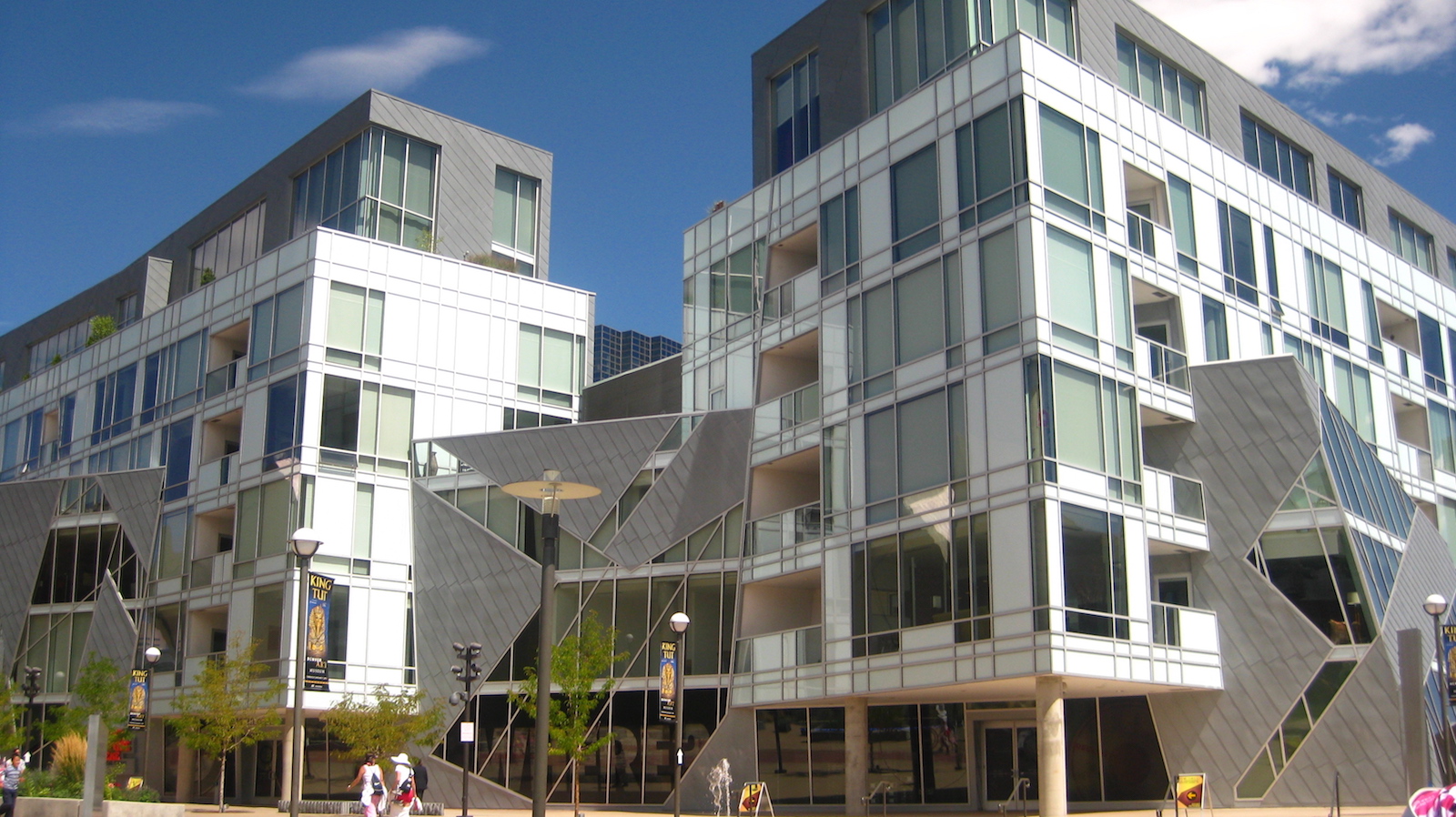The Local newsletter is your free, daily guide to life in Colorado. For locals, by locals.
One of the hottest topics in local news for the past several years has been how quickly the Denver metro area population is growing, and what we’re doing to prepare for it. But while plenty of people are moving to this area, it turns out a significant number are leaving, too.
This week, the apartment listing service Abodo released a report, “So Long to the City,” showing that between 2014 and 2015, the Denver-Aurora-Lakewood area lost the second-highest portion of its residents—9.25 percent—of any Metropolitan Statistical Area (MSA) in the country. Only the Virginia Beach-Norfolk region lost a greater proportion of its residents during that time period.

Denver metro also added the second-highest percentage of residents (9.44 percent) during the same span, so our net gain is just above zero. But it’s an interesting twist in the narrative that says the Mile High City is being overrun with newcomers.
The report’s authors conclude that migration to and from cities is fairly constant in American life, and that these results suggest that people might be fleeing more expensive coastal cities for cheaper inland options such as Denver, Austin, and Nashville.
However, given how much our average rental rates have increased in recent years, our surprisingly high number of departures also suggests that gentrification could be in full swing as Denver compromises the ability of middle- and working-class people to produce that monthly tab.
In fact, eight MSAs appear on both lists, which shows just how frequently Americans, particularly millennials, tend to move. But it also suggests that cities such as ours are replacing longtime residents who can no longer afford to live in these places with those who can.
Follow 5280 editor-at-large Luc Hatlestad on Twitter at @LucHatlestad.








